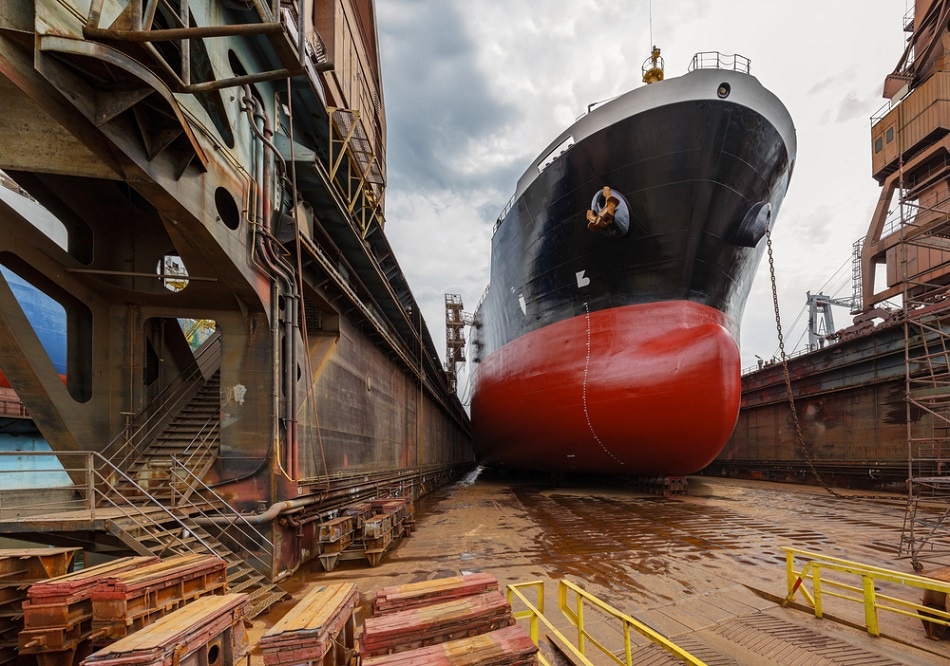Oct 19 2017
Antifouling coatings are specialized coatings used on surfaces in order to protect them from the adherence and growth of organic, inorganic, and biological materials. These coatings are used to help enhance the dynamic performance of structures, prevent the onset of damage by corrosion, and reduce the requirement for constant maintenance and replacement.
 Nightman 1965/ Shutterstock.com
Nightman 1965/ Shutterstock.com
Increasing demand for environment-friendly coatings, deployment of innovative infrastructure development projects, and new ship building activities are expected to increase advancements in the antifouling coatings industry.
Although government-funded research efforts as well as the increasing awareness on the benefits of antifouling coatings drive market opportunities, limitations on the use of biocides in coatings and unmet end-user needs for flexible coating systems that can be used on multiple surfaces hamper widespread adoption.
Development of biomimetic coatings and natural product antifoulants (NPAs) are considered to be key future developments that may help overcome challenges faced by the technology. This research study focuses on the technology capability of different antifouling coating materials, evaluates the innovation ecosystem for coating development worldwide, and summarizes the key development trends expected in future.
Main questions answered in this research study include:
- What are some of the key developments?
- What are the currently available and emerging antifouling coating materials?
- What are the end-use requirements for antifouling coatings?
- What are the hotspot regions for technology development and adoption?
- What are the different applications across which different antifouling coatings can be used?
- What are the different entities involved in the technology value chain for coatings development?
- What strategies should companies focus on to serve as technology leaders?
- What are the future growth opportunities?
Full report: https://www.reportlinker.com/p05149322